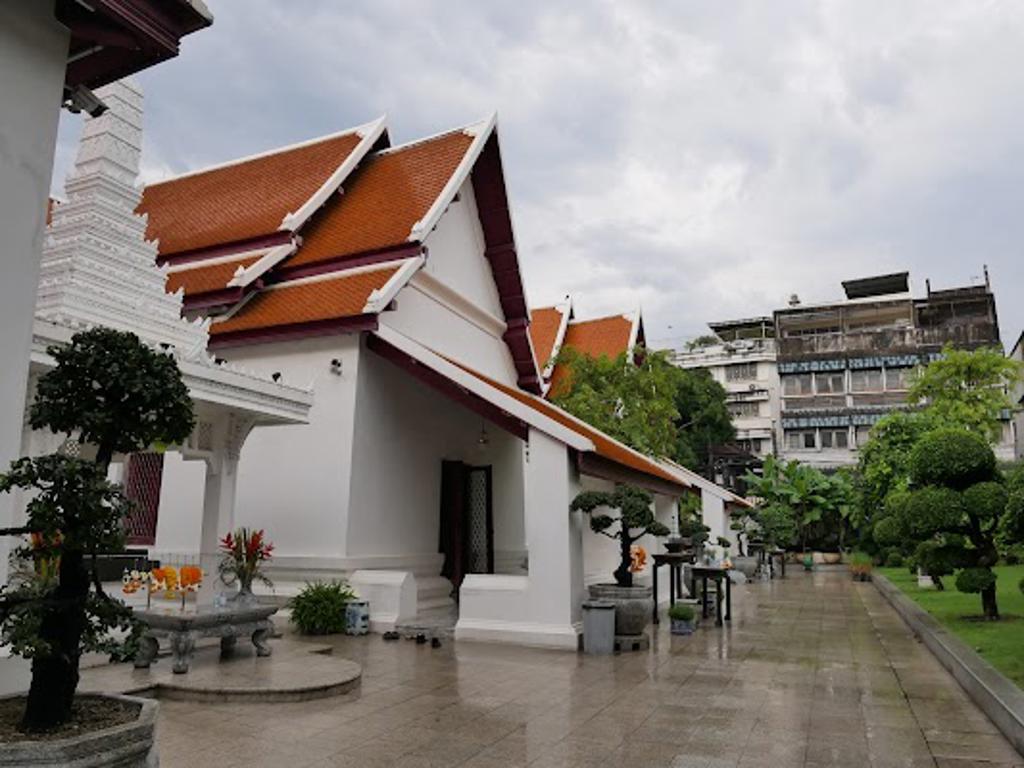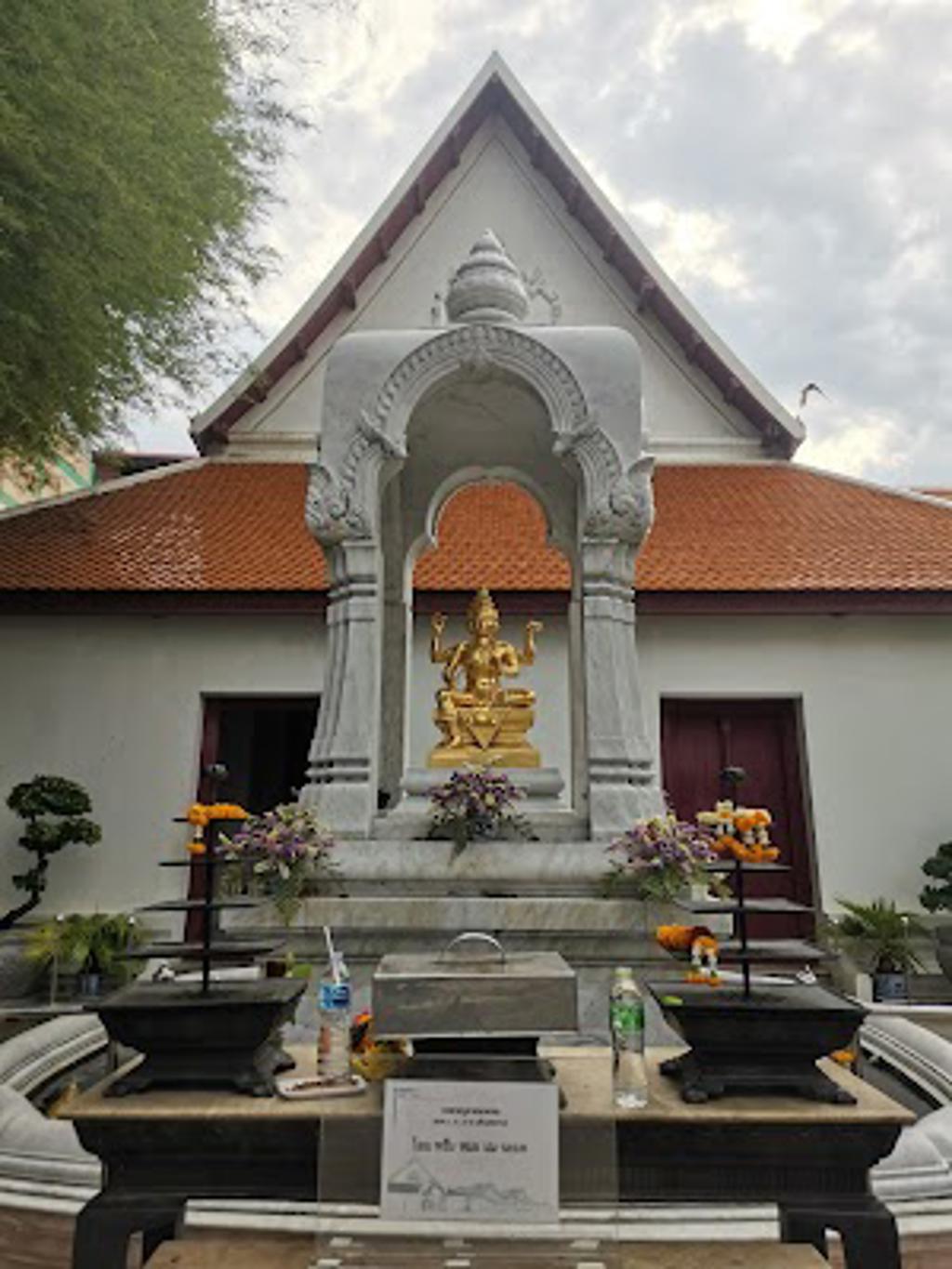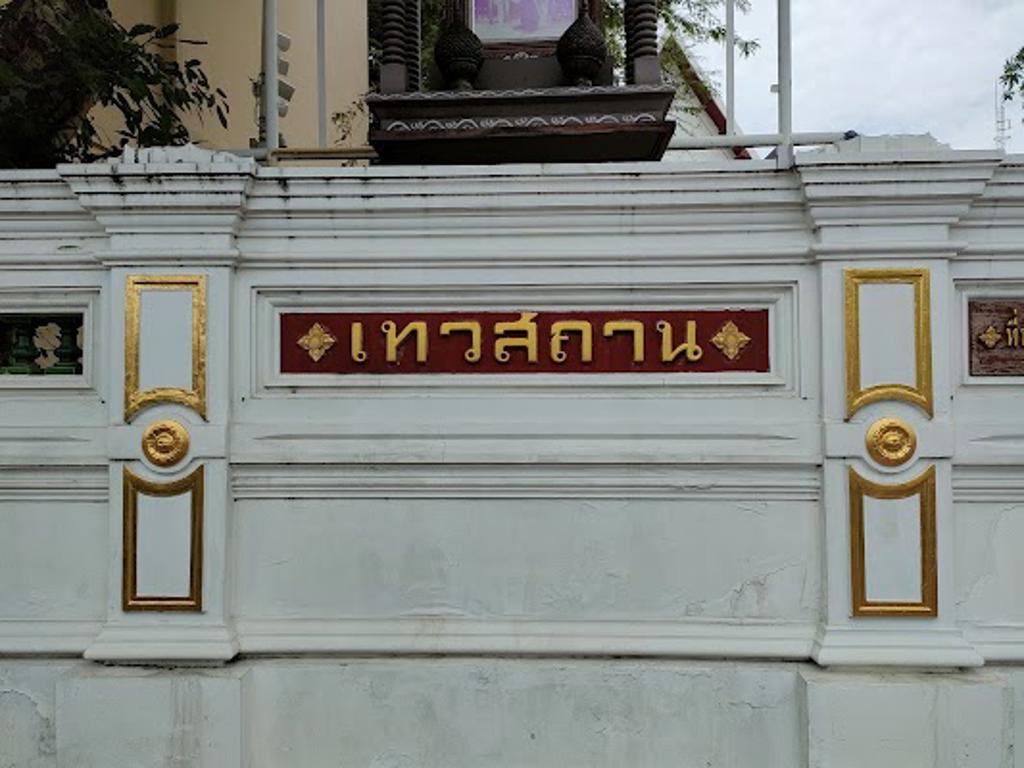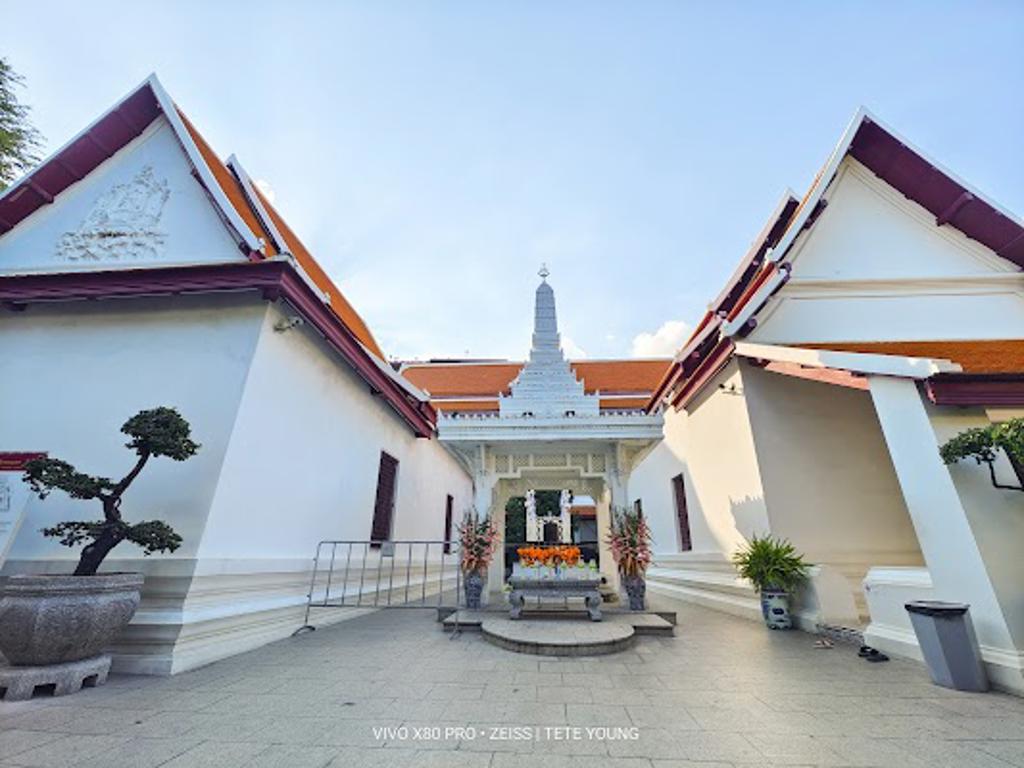About Devasathan
The Devasathan, or Brahmin Temple, features three main shrines dedicated to the Hindu deities Shiva, Vishnu, and Brahma. The shrines are small yet intricately designed, with golden embellishments and colorful carvings that reflect Hindu cosmology. The temple’s courtyard is serene, surrounded by white walls and traditional Thai architecture, blending Hindu and Buddhist influences seamlessly. The air carries the faint scent of incense, and offerings of flowers and fruits adorn the altars.
Historical Significance
Established in 1784 during the reign of King Rama I, the Devasathan served as the ceremonial center for Brahmin rituals in the royal court. It was built to honor the Hindu roots of many Thai traditions, including the monarchy’s connection to divine authority. The temple remains a vital part of royal ceremonies, such as the annual Royal Plowing Ceremony, which marks the beginning of the rice-growing season.
Plan your perfect trip to Bangkok with Travo! Download now and start exploring.
Hindu Deities and Their Shrines
The shrine to Shiva, the destroyer and transformer, is the largest and most prominent, symbolizing the cyclical nature of creation and destruction. Vishnu’s shrine represents preservation and protection, while Brahma’s shrine signifies creation and wisdom. Each shrine is adorned with statues and symbols that reflect the attributes of the deities, such as Shiva’s trident and Vishnu’s conch shell. These elements connect visitors to the spiritual essence of Hinduism.
Architectural Details
The temple’s design combines Thai and Hindu styles, with tiered roofs and intricate carvings. The golden spires atop the shrines glimmer in the sunlight, while the interiors feature murals depicting Hindu myths and legends. The craftsmanship reflects the cultural exchange between India and Thailand, showcasing the enduring influence of Hinduism on Thai art and architecture.
Living Traditions
Although primarily a Hindu temple, the Devasathan plays a role in Thai Buddhist culture as well. Brahmin priests conduct rituals for the royal family, blending Hindu practices with Buddhist beliefs. Visitors can witness ceremonies that honor the deities and seek blessings for prosperity and protection, highlighting the temple’s ongoing spiritual significance.
Symbolic Elements
The temple’s layout mirrors the Hindu concept of the universe, with the shrines representing the divine forces that govern existence. The offerings placed before the deities symbolize gratitude and devotion, while the incense smoke rising toward the sky signifies prayers reaching the heavens. These elements create a space where the physical and spiritual worlds intersect.
Present-Day Importance
Today, the Devasathan remains a place of worship and cultural heritage. It attracts both locals and tourists who seek to understand Thailand’s rich spiritual traditions. The temple serves as a reminder of the deep connections between Hinduism and Thai culture, offering a peaceful retreat in the bustling heart of Bangkok.






Map loading...
Location
Dinso Road, 10200, Bangkok
